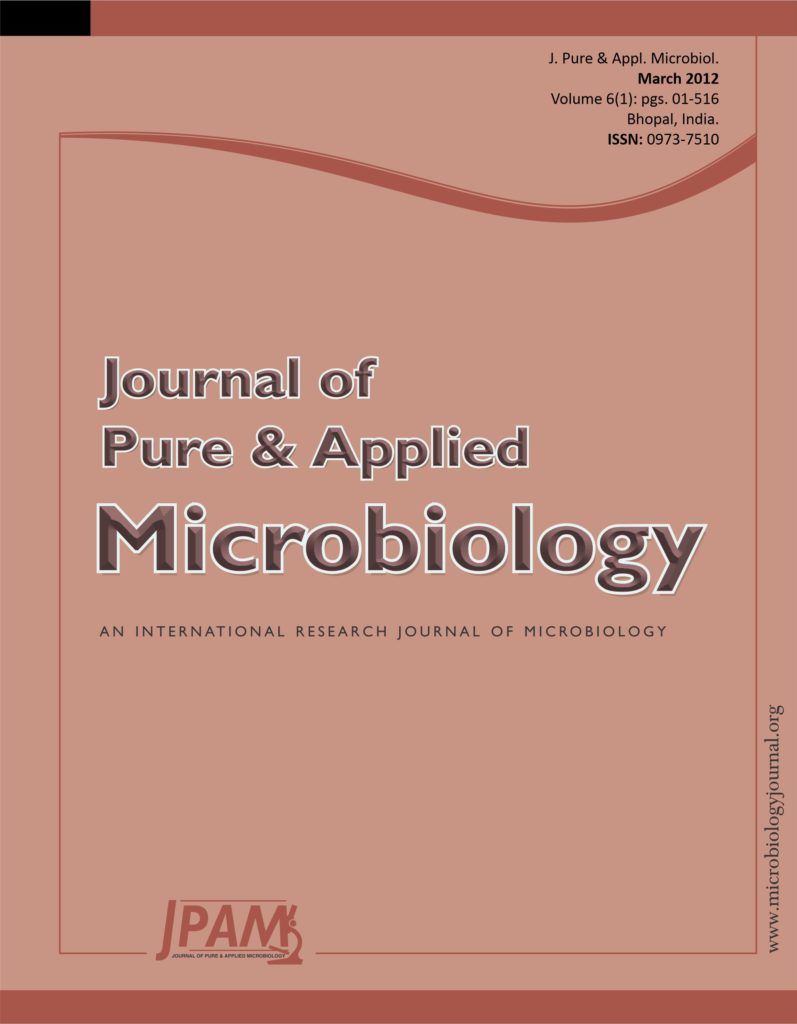Senna is a medicinal plant variety grown predominantly in Tamilnadu and Gujarat. The pods and leaves of the plants are used in confectionary and herbal preparations. The two species used most often for medicinal purposes are Alexandrian senna and Tinnevelly senna. The Alexandrian variety is obtained mainly from Egypt and the Sudan. Tinnevelly senna is primarily cultivated in India. For the present study the senna plant was collected from Tirunnelveli district, Tamilnadu, India and the major active constituents sennoside A and B are identified, microbial analysis of senna leaf powder was carried out and the nutritive value of senna was determined. The toxic effect and laxative activity of senna leaf powder was carried out with animal model.
Constipation, Cassia angustifolia, Senna, Sennosides, Toxicity, Laxative
© The Author(s) 2012. Open Access. This article is distributed under the terms of the Creative Commons Attribution 4.0 International License which permits unrestricted use, sharing, distribution, and reproduction in any medium, provided you give appropriate credit to the original author(s) and the source, provide a link to the Creative Commons license, and indicate if changes were made.


